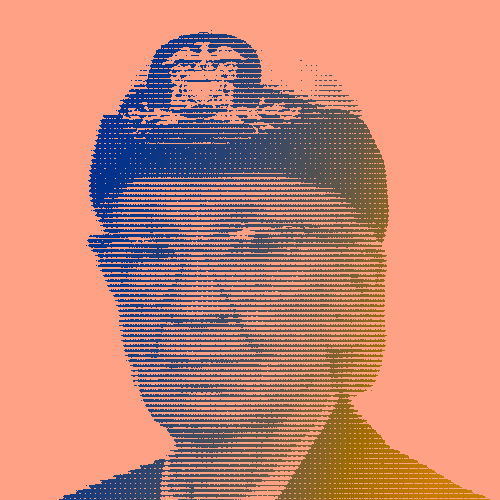John Forbes Nash Jr. (1928-2015) was an American mathematician who shaped game theory, differential geometry, and the study of partial differential equations. Through his work, he explored the factors that govern chance and decision making.
Encouraged by his parents, John took advanced mathematics courses in his final year of high school. He earned a full scholarship to major in chemical engineering at Carnegie Mellon University before changing to chemistry and then mathematics. At Princeton University, he earned a Ph.D. in 1950 with a 28-page dissertation on non-cooperative games, which later won him the Nobel Memorial Prize in Economic Sciences. Nash thus established the mathematical principles of game theory, a branch of mathematics that looks at rivalries between competitors with mixed interests.
Hurdles and Recognition
John joined Massachusetts Institute of Technology (MIT) in 1951, where he researched partial differential equations. He resigned in the late 1950s when he began showing signs of mental illness, including paranoia. He spent several years in psychiatric hospitals being treated for schizophrenia.
After 1970 as his condition slowly improved, he returned to academic work. This journey was the basis for Sylvia Nasar’s 1998 biographical book “A Beautiful Mind” as well as a film of the same name. While serving as a senior research mathematician at Princeton University, he became known as The Phantom of Fine Hall, as he was often seen scribbling mysterious equations on blackboards in the dead of night.
His work was widely recognized later in his life. In 1994, he shared the Nobel Memorial Prize in Economic Sciences with game theorists Reinhard Selten and John Harsanyi. In 2015, he went to Norway to receive the Abel Prize. Tragically, on the way back from the airport, he and his wife were killed in a car accident.
His theories were, and still are, widely used in economics. He made fundamental contributions to game theory, differential geometry, and partial differential equations. His work provided insight into the factors governing chance and decision making inside the complex systems found in everyday life.
Key Dates
-
1950
Game Theory Breakthrough
John Forbes Nash’s thesis contains the definition and properties of the Nash equilibrium, a crucial concept in non-cooperative games.
-
1952
Key Paper on Differential Equations
John Forbes Nash’s research into differential equations at MIT leads to his seminal paper Real Algebraic Manifolds, published in the Annals of Mathematics.
-
1994
International Recognition
John Forbes Nash shares the Abel Prize for mathematics with Louis Nirenberg for his work on nonlinear partial differential equations.




